Abstract: The photovoltaic power plant monitoring background statistics of the power generation is directly read data from the photovoltaic inverter, in fact, this power generation statistics and can not accurately reflect the difference in power generation between different square arrays, some of the usual neglect, masking the real Valuable data for customers. In the current photovoltaic power station, the comparison of the power generation of the string inverter and the centralized inverter scheme is often made, and it is often prone to the fact that the string inverter power generation is slightly higher than that of the centralized inverter, but there are some misunderstandings. exist. Please see the following dialogue: Wang Zong (photovoltaic power plant investor): My string inverter solution has sent 1% more electricity this month than the centralized solution, so that in 10 years, we can make more money! Great, Li Gong, please use string inverters in all future projects. Li Gong (EPC Chief Engineer of Photovoltaic Power Plant): Mr. Wang, you made a mistake. The power generation amount we see is the data that the monitoring background reads directly from the inverter. This data does not mean that our power station sends money to the power grid to make money. The actual power generation data oh. Since the string inverter is far away from the transformer and the AC line loss is relatively large, the electricity actually sent to the grid may be highly concentrated. Mr. Wang: Li Gong, what you said is also somewhat reasonable. You can give me an analysis of what the loss of AC cables is. Li Gong: OK, Wang Zong, I will give you an analysis from a technical point of view. The system structure of centralized and string solutions is shown above. Among them, J1 and J3 are power generation data uploaded by the inverter to the monitoring background. The data acquisition point is shown by the red dot in the figure and is the AC output of the inverter. The P loss is the instantaneous power loss of the cable, which is calculated based on the equivalent resistance of the cable and the instantaneous current of the system. The loss of power generation can be calculated by accumulating P losses over a period of time. J2 and J4 are the high-voltage side of the box. For a photovoltaic system, the losses of a 35/0.48 kV two-winding transformer and a 35/0.315 kV double-split transformer are basically the same, and the 35 kV cable loss between the box and the booster station has no effect on the inverter. This part of the loss is basically the same for both technical solutions. Therefore, J2 and J4 can reflect the difference in power generation of different power generation units more realistically. J2, J4 can be calculated by the following formula, where J is the loss of the box transformer. In the centralized inverter, because the inverter is close to the box change, the cable is short, the loss is relatively small, the position of the string inverter is scattered, the distance from the box is far, and the cable loss is much larger than that of the centralized inverter. The following uses a specific project data to calculate the actual difference between the two. Note 1: According to the actual average daily power generation curve of the power station, the AC side current curve is obtained, and in combination with the cable parameters, the average daily power loss of the 1MW unit cable is calculated. 2: According to the actual average daily power generation of the power station. Li Gong: Therefore, the power generation data displayed in the power station monitoring system cannot truly reflect the difference in power generation of different inverters. Because the AC cable is long, the string inverter consumes about 1-2% more power than the centralized solution. When measuring the difference between the two by monitoring the amount of power generated in the background, it is necessary to subtract the difference. Therefore, in the end, we obtain a higher value of power generation than a string solution. Wang Zong: Oh, it's so complicated. I only saw the inverter data, and it was almost flickered. Li Gong: Actually it is not complicated. I will give you a more detailed explanation below. The process of sending direct current from the panel to the final grid is like the process of climbing a person's physical strength. For the centralized inverter solution, the DC side of the first process passes through the DC cable, the DC combiner box, and the inverter three mountains, while the DC side of the string solution only passes through the DC cable and the inverter. Hill, so in this process the concentrated solution consumes more physical strength, which means that we see much more data in the inverter on the inverter. However, in the second process, since the mountain on the AC side of the centralized scheme only has cables, the string type also has two mountains, the combiner box and the cable, and the cluster inverters are dispersed and the distance from the box is far away. Therefore, the physical consumption of climbing is much greater than that of a centralized inverter. Therefore, the last remaining concentrated physical strength is greater than the string type. This last remaining physical strength is most valuable to us. Wang: Oh, this time I understand you, it's like the process of a game, who laughs to the best who laughs at last! The final result is what I care about most! Stainless steel fasteners of the Riveting Series are durable and corrosion-resistant. They are made from high-quality stainless steel material, which provides exceptional strength and longevity. These fasteners are specifically designed for riveting applications, ensuring a secure and reliable connection. Riveting Series,Stainless Steel Rivets,Steel Rivets,Stainless Rivets Taizhou Wanluo Hardware Products Co., Ltd. , https://www.wlhardware.com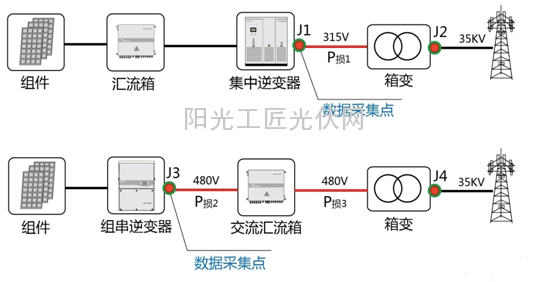
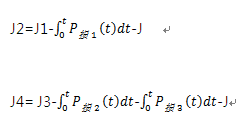
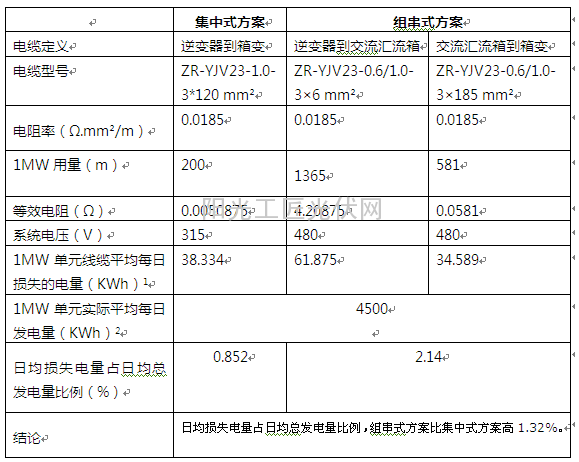
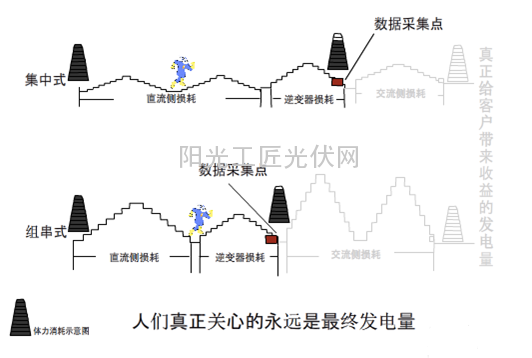
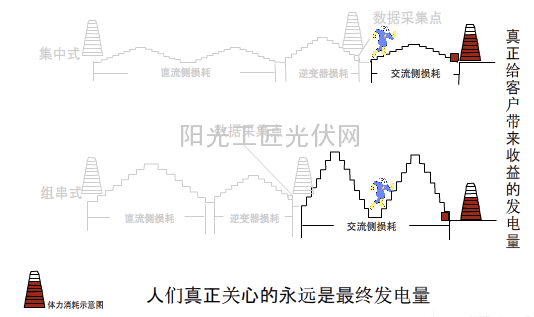
The Riveting Series stainless steel fasteners have a sleek and polished appearance, making them suitable for both functional and aesthetic purposes. They have a smooth surface finish, which not only enhances their visual appeal but also prevents rust and staining.
These fasteners are available in various sizes and styles, including rivets, rivet nuts, and blind rivets. They are engineered to provide a tight and secure grip when installed, ensuring that the joined materials remain firmly in place.
The stainless steel material used in these fasteners offers excellent resistance to corrosion, making them suitable for use in harsh environments or applications where exposure to moisture or chemicals is common. They are also heat-resistant, allowing them to maintain their integrity and strength even under high temperatures.
In addition to their durability and corrosion resistance, stainless steel fasteners of the Riveting Series are also known for their ease of installation. They can be easily attached using standard riveting tools, requiring minimal effort and time.
Overall, stainless steel fasteners of the Riveting Series are a reliable and long-lasting solution for various applications. Their strength, corrosion resistance, and ease of installation make them a popular choice among professionals and DIY enthusiasts alike.